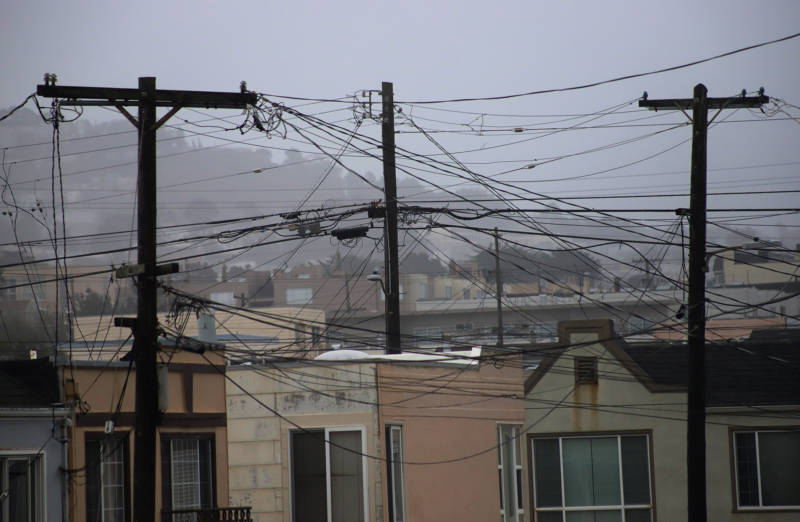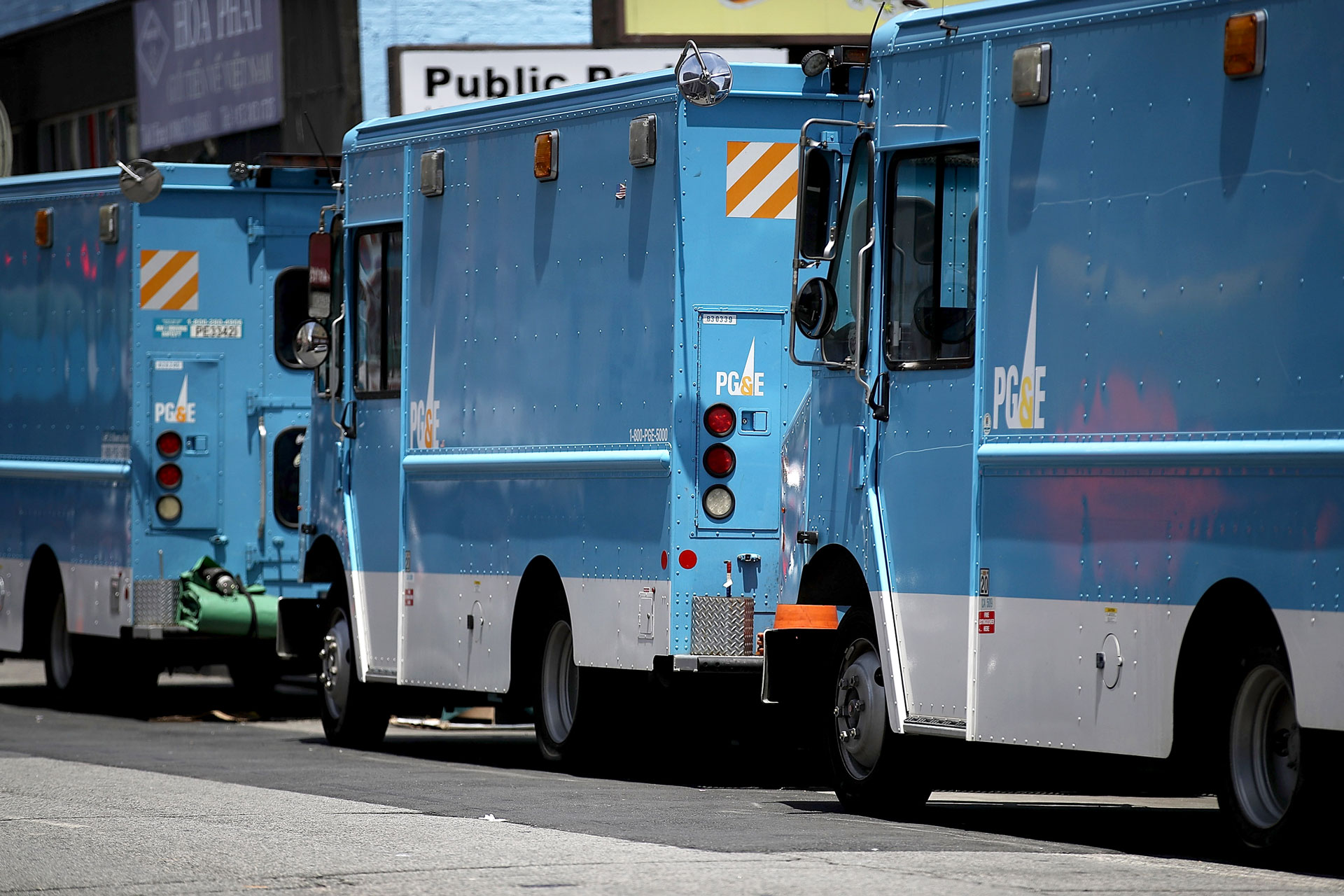San Francisco’s Public Utility Commission is recommending that the city consider publicly owning and running its own electric grid in a report released Monday.
Could S.F. Deliver Your Power Instead of PG&E? City's Utility Commission Thinks So

As Pacific Gas and Electric Co. filed for bankruptcy last winter, San Francisco Mayor London Breed asked the SFPUC to analyze whether PG&E’s woes would impact residents, and if so, to evaluate the city’s other options. At the same time, Supervisor Hillary Ronen introduced legislation to push for public power.
Residents and businesses can already get power through two city programs: CleanPowerSF, a community choice aggregation program that began in 2016; and Hetch Hetchy Power, which the city owns and operates and which mostly supplies city agencies and buildings.
But under both of those programs, PG&E still distributes electricity to most consumers. The real question is: Who should own the grid?
The SFPUC examined three main options:
- Limited Independence: The city would largely continue as is. The city would attempt to expand its Hetch Hetchy Power utility and CleanPowerSF Community Choice program. The city would still rely on PG&E for distribution.
- Targeted Investments: In 2018 voters passed Proposition A, allowing the city to issue revenue bonds to build power facilities, as long as they don’t use fossil fuels or nuclear energy. San Francisco is already beginning new projects to upgrade or build new electric distribution systems for Hetch Hetchy Power. This proposal would expand those investments. However, PG&E would still largely control San Francisco’s electric grid. CleanPowerSF users would still receive their power through PG&E, and the city would rely on PG&E to distribute power to most of its Hetch Hetchy Power customers.
- Full Grid Independence: The city would purchase PG&E’s electric grid and operate it as a public utility. Under this plan, the city would also try to continue to employ PG&E’s employees who currently maintain and operate the grid. CleanPowerSF customers would be integrated into Hetch Hetchy Power.
But acquiring PG&E’s distribution and upgrading it could cost billions of dollars, according to the report.
“Acquiring PG&E’s assets for full power independence requires the highest up‐front capital need and will be time, staff and resource intensive,” the reports’ authors wrote. However, in return the city would save money in the long run, more easily meet clean energy goals and improve reliability.
“This report shows that acquiring PG&E assets is feasible,” Mayor Breed wrote in a statement.
PG&E wrote in a statement that the company is still reviewing the report: “PG&E has been a part of San Francisco since the company’s founding more than a century ago, and we are committed to working with the City and will remain open to communication on this issue.”
KQED’s Peter Jon Shuler contributed to this report.

